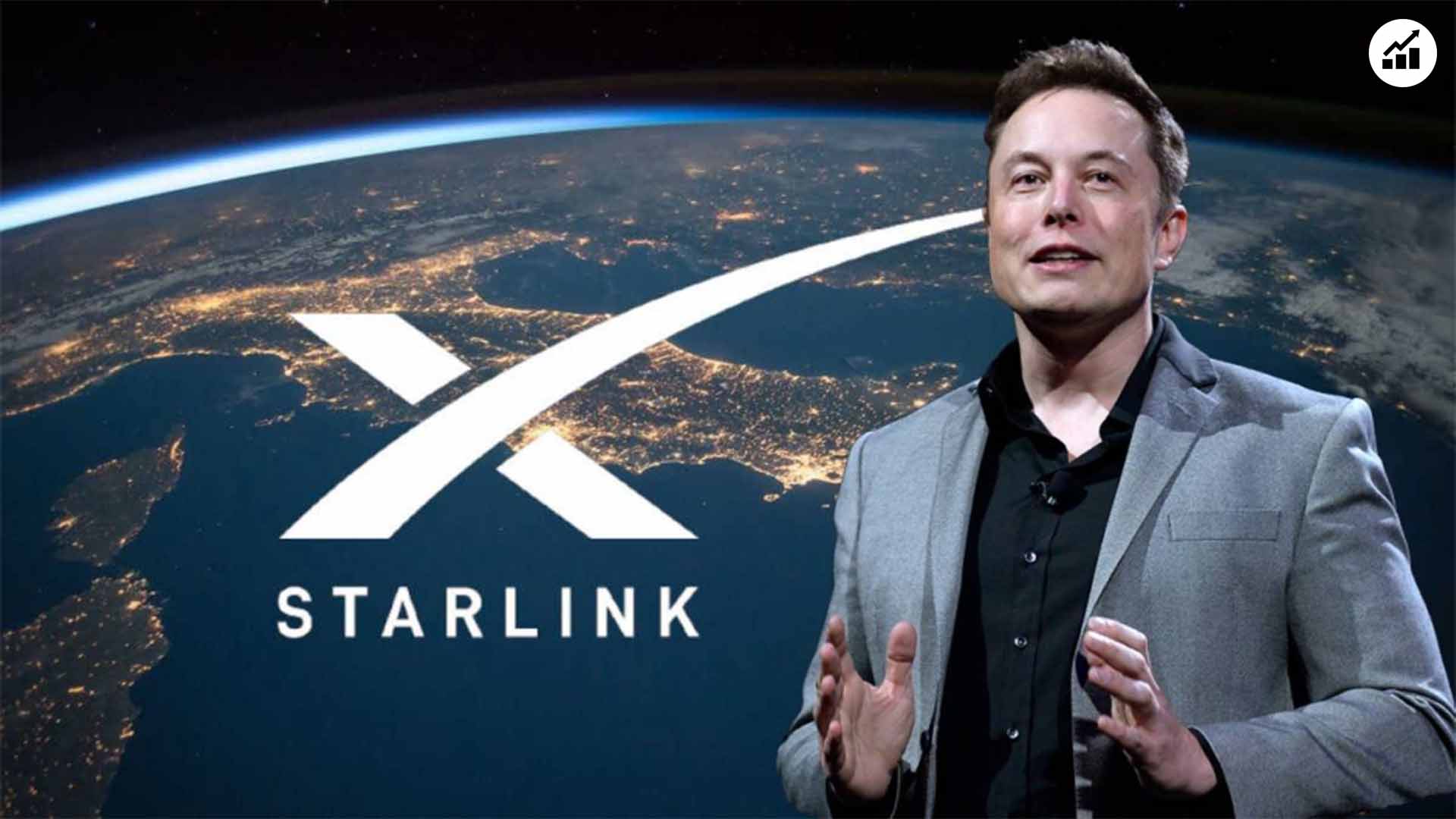Discover how Starlink is revolutionizing global internet access with satellites. Explore its business model, revenue streams, and future plans.
What is Starlink?

This company is a satellite-based internet service developed by SpaceX, the aerospace company founded by Elon Musk. Its mission is simple yet ambitious to provide high-speed, low-latency internet to every corner of the world, especially rural and remote areas where traditional broadband is unavailable or unreliable.
This company uses a constellation of thousands of Low Earth Orbit (LEO) satellites that communicate with ground stations and user terminals to deliver internet connectivity.
How Starlink’s Business Model Works
This company operates on a Direct-to-Consumer (D2C) business model, meaning it provides internet service directly to customers without relying on telecom intermediaries.
Target Market
Rural and underserved regions
Developing nations
Maritime and aviation sectors
Government and defense agencies
Emergency and disaster zones
Remote workers and global travelers
Revenue Streams of Starlink

1.Monthly Subscriptions (D2C)
Starlink charges users a monthly fee for internet service.
In the U.S., this ranges from $90 to $120/month.
In countries like India, it’s expected to be around ₹7,500–₹9,000/month (once officially launched).
2.Hardware Sales
To access the This company network, users must purchase a Starlink Kit that includes a satellite dish, modem, and router.
The hardware costs around $499 globally, and ₹50,000–₹60,000 in India.
- Enterprise & B2B Services
This company is expanding into B2B sectors like:
Airlines (in-flight internet)
Maritime shipping
Defense and military services
Example: Hawaiian Airlines uses Starlink for onboard connectivity.
4.Starlink Roam
For remote workers and travelers, The company offers portable internet plans called This company Roam, allowing global connectivity without geographic restrictions.
- Government Contracts
Governments around the world are partnering with The company for
Disaster relief communication
Defense connectivity
Remote infrastructure projects
Starlink in Numbers (as of 2024)
Satellites Launched: 5,000+
Target by 2025:10,000+ LEO satellites
Active Users: Over 2 million
Countries Served: More than 100
Starlink’s Strategic Advantages
| Strategy | Description |
|---|---|
| Vertical Integration | SpaceX designs, manufactures, and launches its own satellites and rockets |
| Reusable Rockets | Reduces launch cost drastically via Falcon 9 reusability |
| First-Mover Advantage | Leading the global satellite internet race |
Key Challenges
| Challenge | Explanation |
|---|---|
| High Capital Investment | Billions are required to manufacture satellites and fund rocket launches |
| Space Debris | LEO crowding raises risks of collisions and space junk |
| Weather Interference | Service can be affected during heavy rain or snow |
| Performance Limits | Lower latency than traditional satellites but not as fast as fiber |
| Regulatory Hurdles | Still facing license delays in countries like India |
Starlink’s Future Plans
Starlink Mini – A smaller, cheaper, and more portable terminal for personal use
Support for Mars Missions – Future communication backbone for interplanetary missions
Global 5G Alternative – Aims to become a truly global ISP, rivaling fiber and 5G
Potential IPO – Elon Musk has hinted at This company going public once it becomes cash flow positive.
Starlink is not just another ISP — it is reshaping the global connectivity landscape. By combining space technology with internet service, it’s enabling access in places where traditional telecom never reached.
As satellite technology becomes more affordable and regulations evolve, This company has the potential to become a trillion-dollar business, connecting people everywhere from rural India to the South Pole.
Starlink in India: Status, License, and Challenges

Current Status
Starlink, SpaceX’s satellite-based internet service, has shown strong interest in entering the Indian market. However, as of now, it has not received the necessary licenses to officially begin operations in India. The company applied for the Global Mobile Personal Communication by Satellite (GMPCS) license in October 2022, but approval is still pending due to various regulatory and security concerns.
Licensing & Regulatory Requirements
To operate in India, The company must fulfill the following licensing obligations:
1.GMPCS License
This license is mandatory to offer satellite communication services in India. While This company has applied, approval is delayed due to data localization and national security concerns.
2.IN-SPACe Approval
Starlink also needs clearance from the Indian National Space Promotion and Authorization Center (IN-SPACe). Reports suggest Starlink has agreed to most of the conditions, and the approval is in advanced stages.
3.Spectrum Allocation
To provide consistent services, This company will need spectrum allocation from India’s Department of Telecommunications (DoT). Spectrum pricing and allocation policies for satellite internet are still under development.









1 thought on “5 Powerful Business Models of Starlink: How SpaceX is Connecting the World to the Internet”